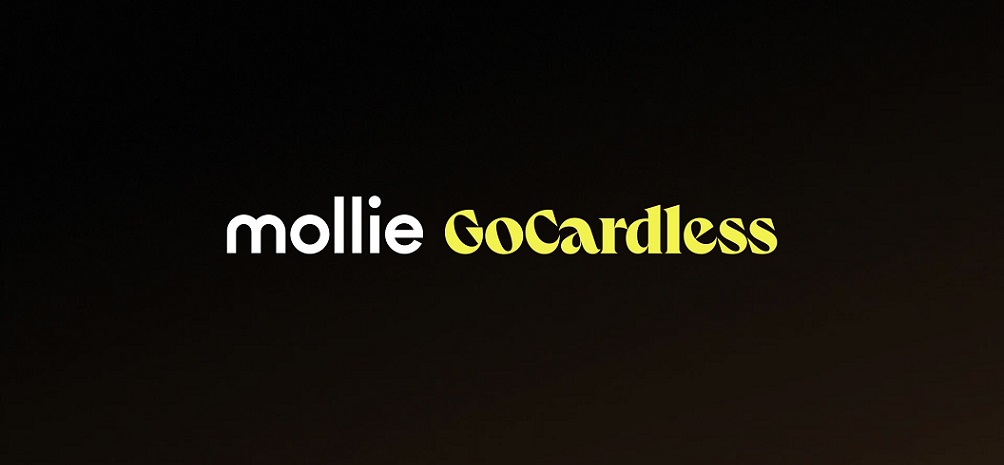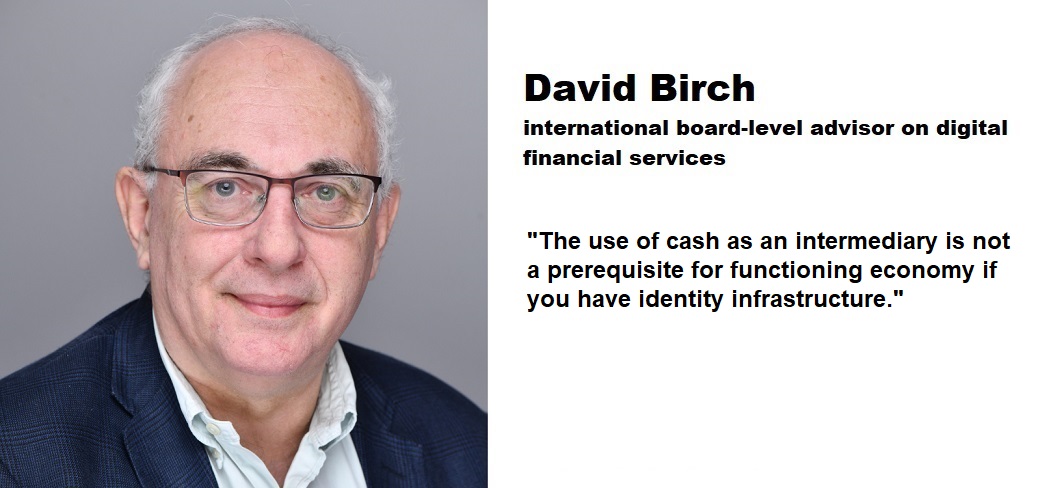EBAday 2020: Banks, fintechs or card networks, what will be disintermediated after cloud adoption?

The second day of EBAday 2020 focused on how the cloud and Payments as a Service (PaaS) can also act as an enabler for open banking, potentially cutting out rails that are currently acting as intermediaries.
Following the implementation of PSD2, banks are now shifting gears and going beyond regulatory requirements and leveraging the benefits of open APIs to cater to customer needs and innovate open banking business models, rather than merely focusing on point solutions and use cases.
Banks are paralysed by three fears when it comes to cloud: the fear of the unknown, complexity and the regulator. Banks are also caught in a cycle of reactive investments, regulatory compliance and considering ISO 20022: investment in short-sighted point solutions is prioritised rather than a technology overhaul.
Banks need to break out of legacy constraints and take a page out of Google’s book, where the cloud has been normalised and is helping to add value from data. Fintech firms have already jumped on this bandwagon and those that are digital, and cloud-native, are arguably successfully innovative. Lance Homer, global business development director – digital payments, Equinix adds that cloud is being used by incumbent banks, but mostly for back office functionality.
However, Homer has also seen greater adoption of niche BaaS or PaaS service providers, but very few are leading the charge for full core migration to the cloud. “In the banking industry, there is not a level playing field for being able to embrace cloud. Smaller banks with a lack of resources outsource service providers to bring them towards cloud and do everything in-house. Others do not have the cultural capabilities to do that.”
Returning to Homer’s point on cultural differences within legacy banks and fintech firms and the impact this has on the adoption of emerging technology, Monica Sasso, EMEA FSI chief technologist, Red Hat, says that “around 150 to 200 years ago, banks were fortresses of society. They never deleted anything, and it was hard to get stuff out. The cloud goes against that and banks haven’t shifted as quickly as technology has shifted.”
Sasso goes on to say that ways of working must be adapted in order to capitalise on the speed that cloud, or containers offer. However, while banks are taking the slow road and will not migrate as fast as those in the fintech space, new players do not have the benefit of heritage. Brown takes this conversation further and posits that while banks are establishing partnerships with large cloud service providers, new entrants are “disintermediating existing players,” even in the card network space.
Dariusz Mazurkiewicz – CEO at BLIK Polish Payment Standard
Banking 4.0 – „how was the experience for you”
„To be honest I think that Sinaia, your conference, is much better then Davos.”
Many more interesting quotes in the video below:












